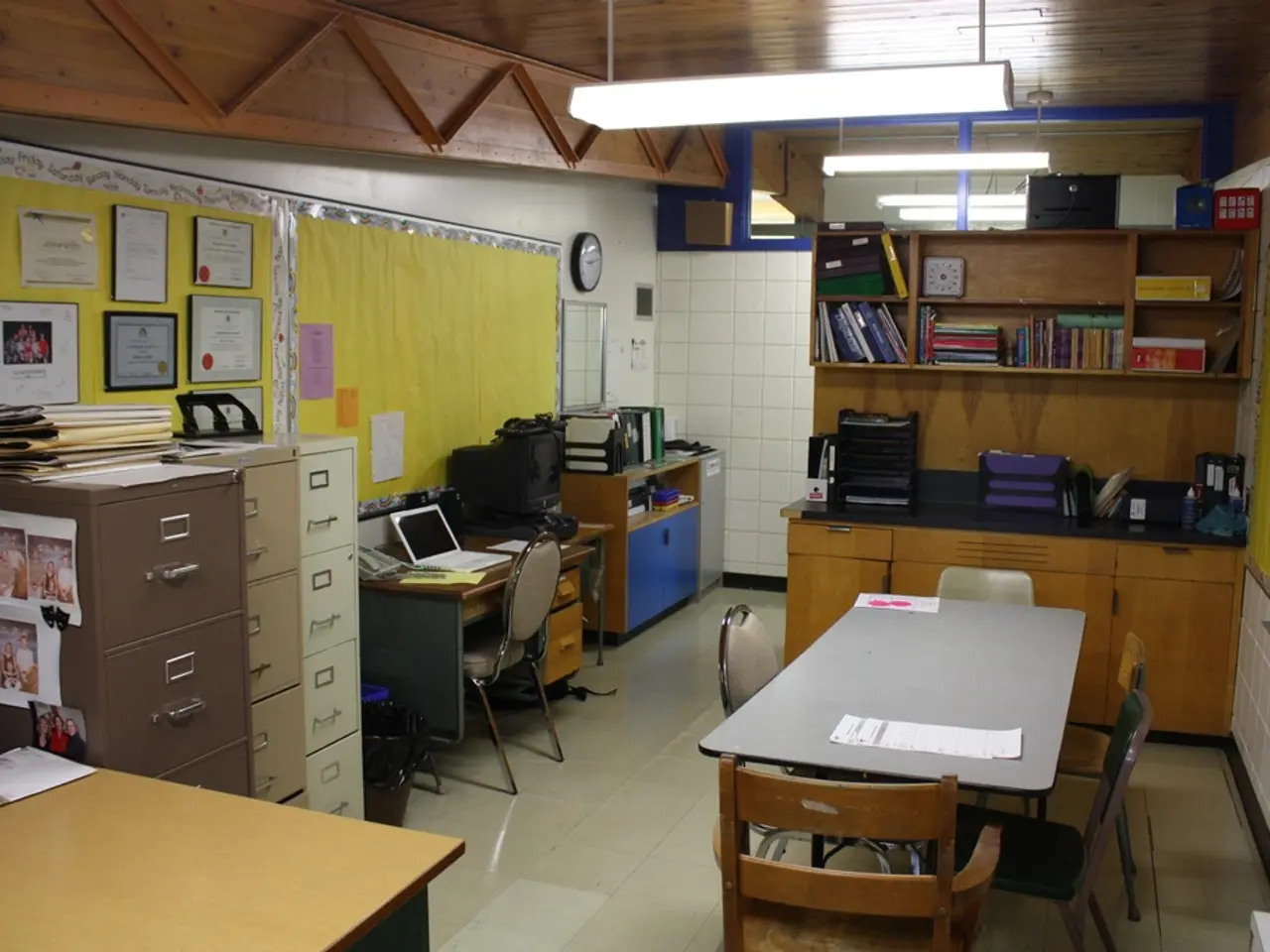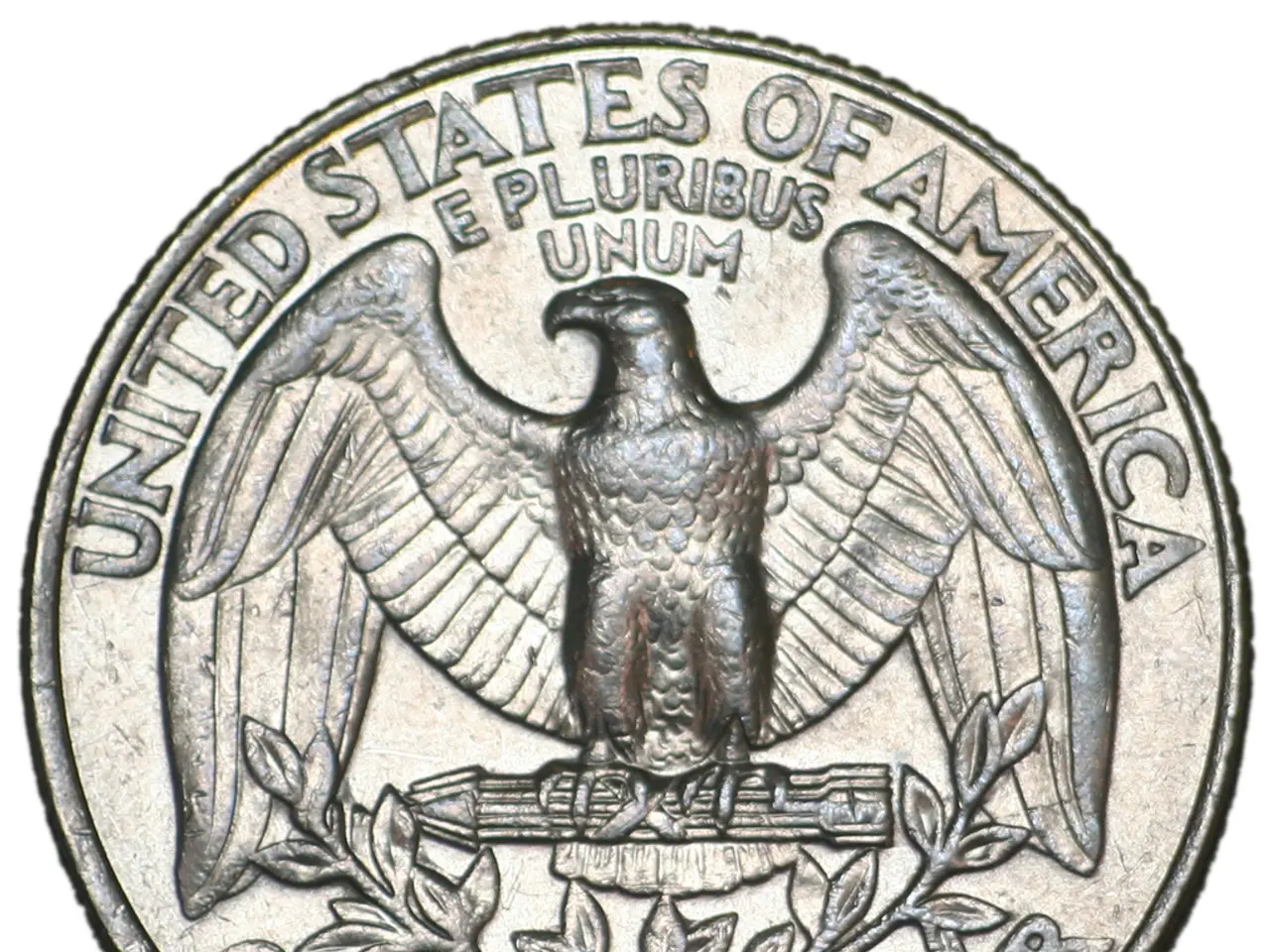Significance of Premium Quality Printed Circuit Board (PCB) Libraries
In the ever-evolving world of electronic design, building high-quality PCB libraries is a crucial yet challenging task. Natasha Baker, Founder and CEO of SnapEDA, a search engine for PCB libraries, recently shared her insights on this topic.
SnapEDA, a tool used by over a million professional engineers worldwide, aims to help engineers overcome challenges in designing circuit boards and verifying their designs. The platform offers features like InstaBuild and InstaPart to save engineers time and improve their workflow.
When it comes to PCB libraries, Natasha Baker discussed the importance of standards, factors affecting manufacturability, and common errors to avoid. She highlighted that misinterpreting a component's bottom view as its top view can cause the component to be "mirrored," leading to potential manufacturing issues.
Common errors engineers make when creating PCB designs include pin mapping issues, pad dimension errors, silkscreen overlapping exposed copper, and wrong outline dimensions or misinterpretations of the component dimensions. To avoid these pitfalls, Natasha emphasizes the need for a rigorous cross-checking process, standardizing naming conventions, and automating parts of the library creation process.
Building a good PCB library is a detail-oriented process requiring high precision for each pin, pad, and part. High-quality PCB libraries ensure proper and reliable manufacturing, proper functioning of CAD tool features, consistency, and readability of designs. Verifying the library before a design goes to manufacturing is an important part of the work process for every design team.
In the past, large corporations had dedicated librarians to support engineers, but with design teams getting smaller, there has been a surge in engineers looking for ready-to-use libraries. To find free symbols, footprints, and 3D models for designs, visit the SnapEDA website.
The IPC is a popular standardization body for footprints, with the latest standard for surface mount components being IPC-7351B. An updated version is soon to be released. Staying on top of the latest industry standards is important to keep up with changes in copper lands and footprint orientations.
Lack of consistency in datasheets and lack of standards and industry alignment are major challenges in building high-quality PCB libraries. IEEE covers symbol standards for common discrete components. Implementing a strong verification process and maintaining detailed checklists is essential for good PCB design.
Placing silkscreen over the copper pads can lead to bad solder joints. To ensure the best possible manufacturing outcomes, it's crucial to verify PCB libraries as part of the DFM process, regardless of where they are obtained.
In conclusion, building high-quality PCB libraries is a complex task that requires precision, consistency, and a strong understanding of industry standards. By following best practices such as rigorous cross-checking, standardization, automation, and version control, engineers can create reliable and efficient libraries to support their design processes. For more detailed insights, consult interviews, articles, or talks directly featuring Natasha Baker's insights on PCB library development.
Technology plays a significant role in the field of electronic design, as it presents tools like SnapEDA, a platform used by over a million engineers worldwide, to help engineers during the designing and verifying process of circuit boards. SnapEDA offers features like InstaBuild and InstaPart to save engineers time and improve their workflow.
Understanding industry standards, such as IPC-7351B for surface mount components, is crucial in building high-quality PCB libraries. To stay updated with the latest changes in copper lands and footprint orientations, it is important to follow the standards set by bodies like the IPC.




